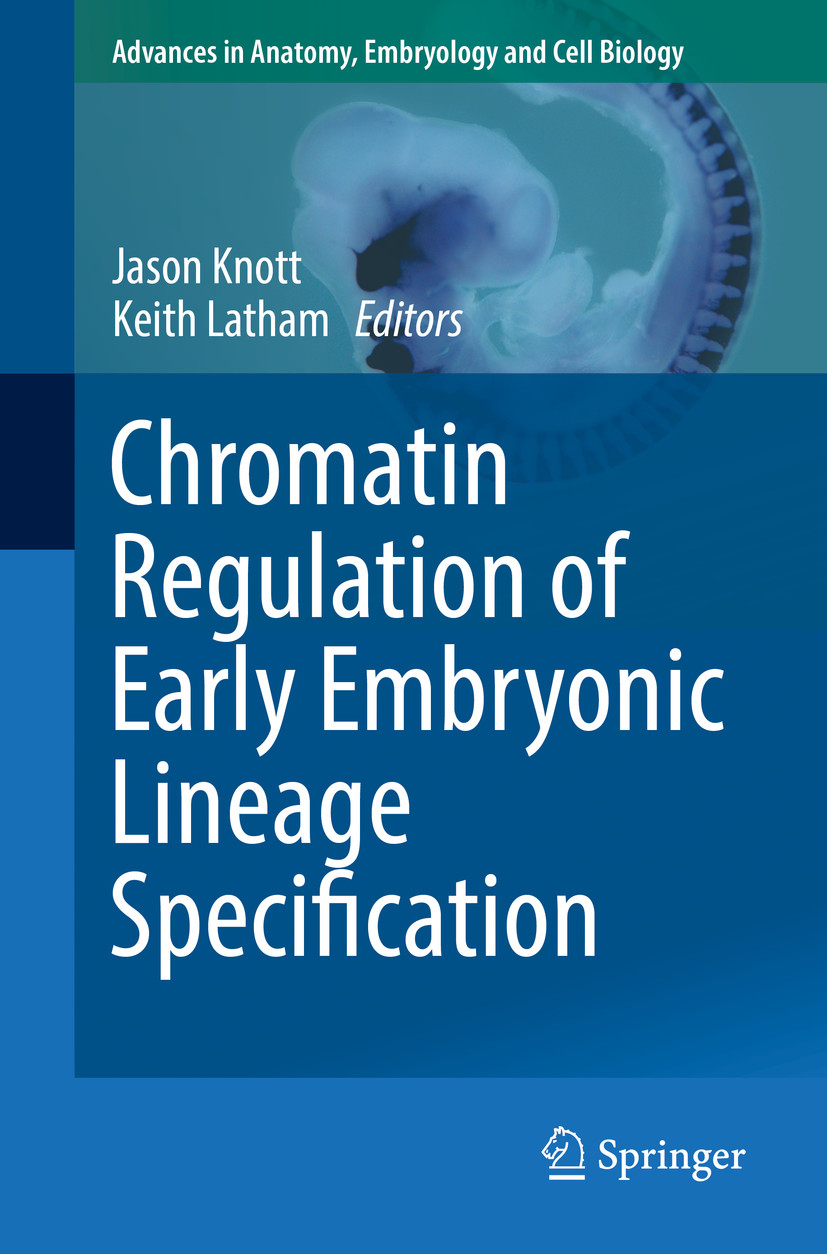Chromatin Regulation of Early Embryonic Lineage Specification
| Auflage | 1. Auflage, 2017 |
| Verlag | Springer-Verlag |
| ISBN | 9783319631875 |
Produktbeschreibung
Five leaders in the field of mammalian preimplantation embryo development provide their own perspectives on key molecular and cellular processes that mediate lineage formation during the first week of life. The first cell-fate decision involves the formation of the pluripotent inner cell mass (ICM) and extraembryonic trophectoderm (TE). The second cell-fate choice encompasses the transformation of ICM into extraembryonic primitive endoderm (PE) and pluripotent epiblast. The processes, which occur during the period of preimplantation development, serve as the foundation for subsequent developmental events such as implantation, placentation, and gastrulation. The mechanisms that regulate them are complex and involve many different factors operating spatially and temporally over several days to modulate embryonic chromatin structure, impose cellular polarity, and direct distinct gene expression programs in the first cell lineages.
Dr. Jason Knott is a reproductive and developmental biologist with fifteen years of experience in mammalian embryology and stem cell biology. His research program is focused on elucidating chromatin based mechanisms that regulate gene expression programs and cell-fate determination in preimplantation embryos and embryonic stem cells. His current research focus is on understanding transcriptional and epigenetic mechanisms that govern cell polarity, pluripotency, trophoblast lineage formation, and trophoblast lineage differentiation in mice, humans, and cattle.
